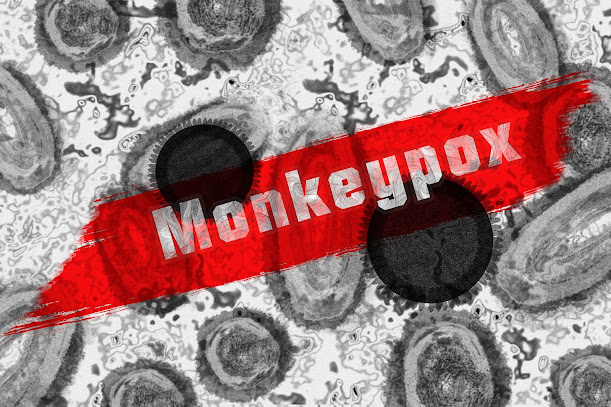WHO South-East Asia Region is polio-free, but threats are rising, experts say
WHO South-East Asia Region is polio-free, but threats are rising, experts say
Despite setbacks from the COVID-19 epidemic, the WHO South-East Asia Region has maintained its polio-free status, but with the global danger of polio still high, more needs to be done.
While some countries have made progress, many more still need to close gaps, especially at the local and regional levels. Dr. Poonam Khetrapal Singh, WHO Regional Director for South-East Asia, said at a meeting of the South-East Asia Regional Certification Commission for Polio Eradication that more work needed to be done to increase surveillance and immunization coverage and improve polio outbreak response capacities.
The World Health Organization (WHO), the chairs of the national certification committees, the global certification commission, and representatives from donor and partner organizations met for two days earlier this week.
The Commission determined that there are no cases of wild poliovirus or vaccine-derived poliovirus in the Region (cVDPV). The risk, however, remains due to the ongoing transmission of wild Poliovirus Type 1 in neighboring endemic nations and the appearance of cVDPVs in several countries in different Regions.
The Commission stressed the importance of keeping an eye on things until global polio eradication is accomplished.
According to the Regional Director, polio is still an international public health emergency. After poliovirus was found in sewage tests earlier this month, New York declared a state of emergency. Afghanistan, Pakistan, Malawi, and Mozambique have all reported incidences of wild poliovirus type 1 in recent months.
Due to the COVID-19 epidemic affecting routine immunization systems in several countries, the Thirty-second Polio IHR Emergency Committee in June deemed the danger of the international spread of cVDPV2 or circulating vaccine-derived poliovirus type 2, as high. Insufficient vaccination coverage increases the likelihood of contracting cVDPVs.
However, the trend in numerous nations continues to be cause for concern, as Dr. Khetrapal Singh noted: "Today, coverage in the Region of the bivalent oral polio vaccination and inactivated polio vaccine has for the most part stabilised or improved since 2020."
Despite the Region's success in maintaining global surveillance standards during the COVID-19 response, she noted that there are still discrepancies at the national and sub-national levels that must be rectified.
Dr. Khetrapal Singh stressed the importance of maintaining adequate resources despite enormous fiscal stress, saying that allowing polio networks in the Region to strengthen immunization systems and carry out other public health functions would help polio-priority countries maintain core capacities and infrastructure until global eradication of polio was achieved.
The Regional Director acknowledged that the last two and a half years, or almost three, have not been easy but that the Region's continued polio-free status is a testament to the hard work of the polio program workforce, many of whom have made significant contributions to the COVID-19 response, and the unwavering commitment of donors and partners.
Updates on the polio situation in Africa, the Eastern Mediterranean, Europe, and the Western Pacific were also discussed at the two-day meeting on September 21 and 22.




Comments
Post a Comment